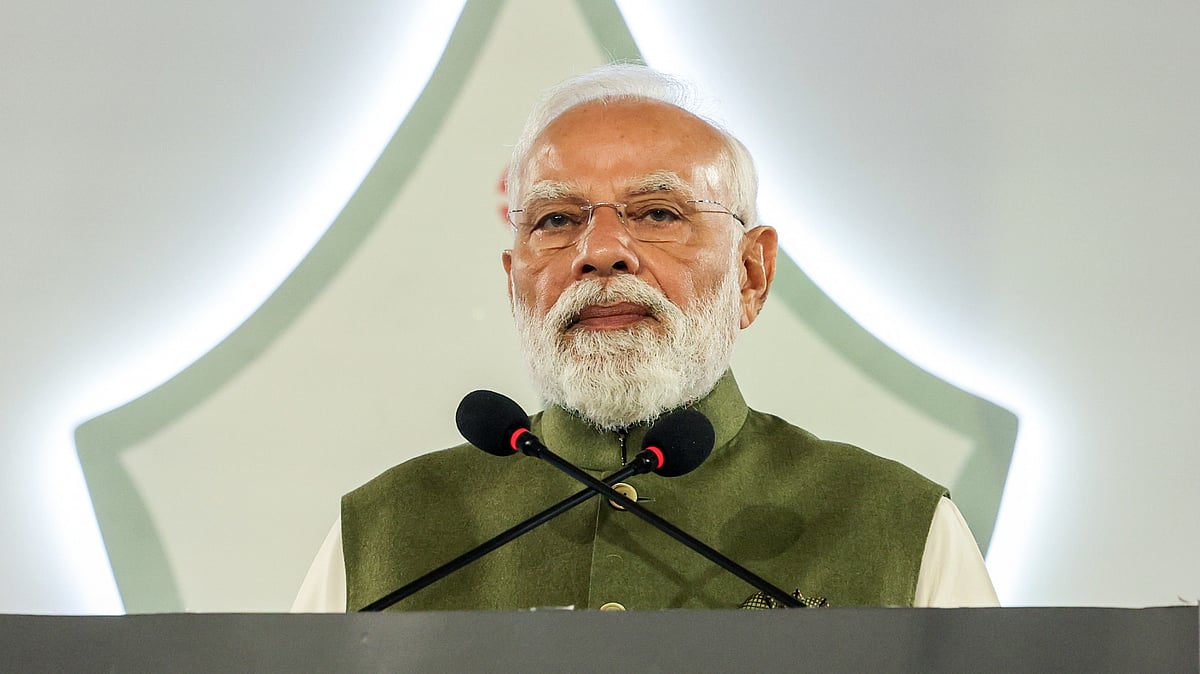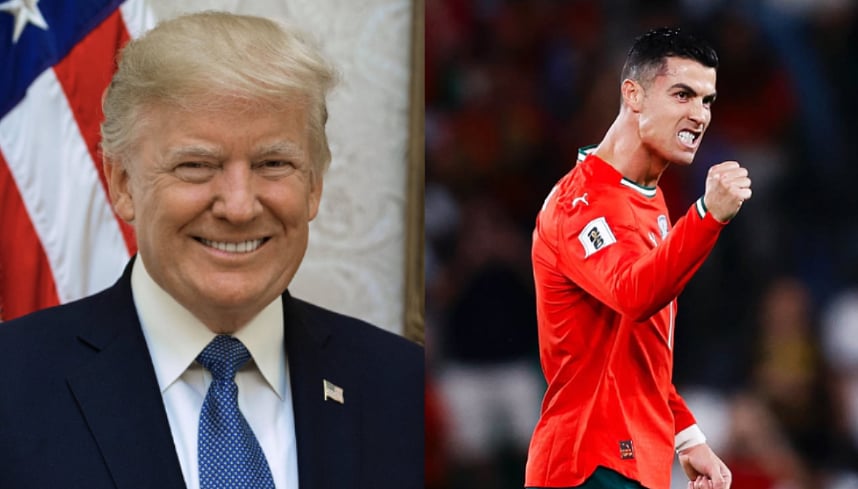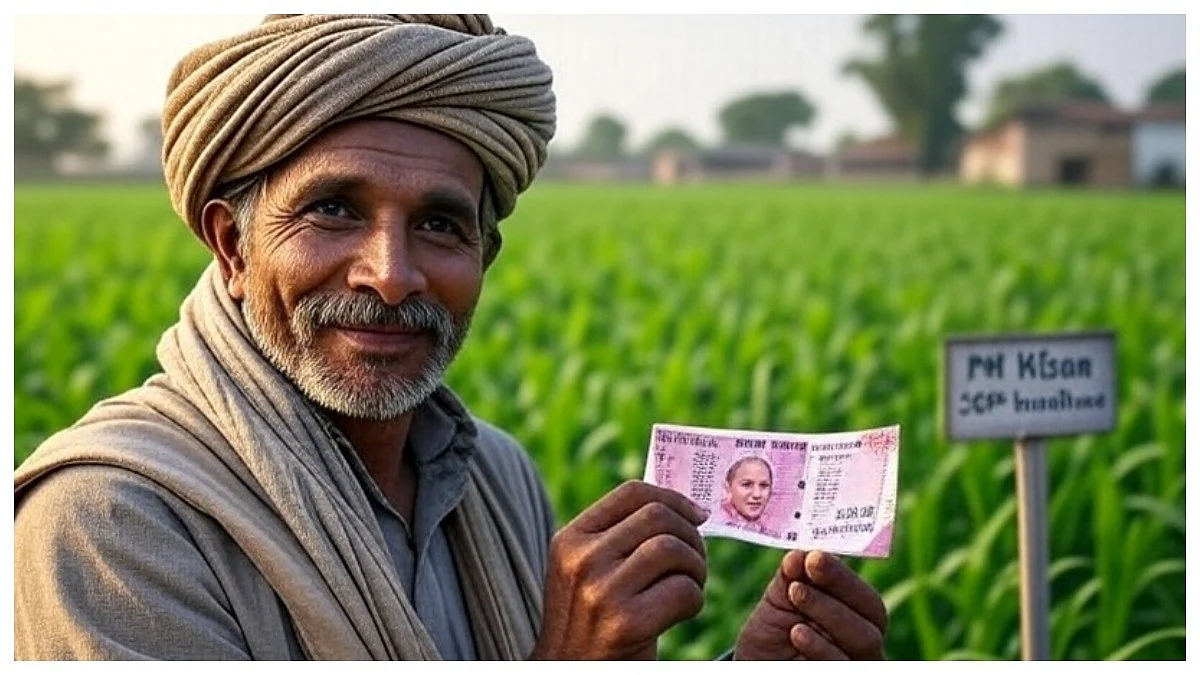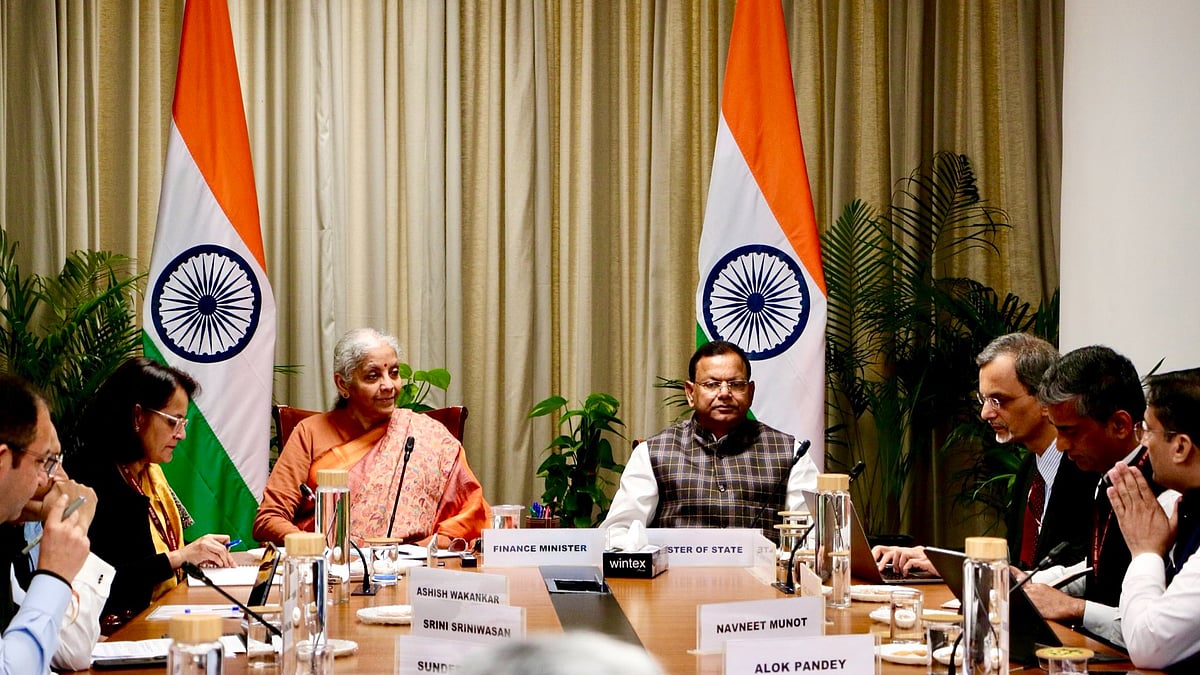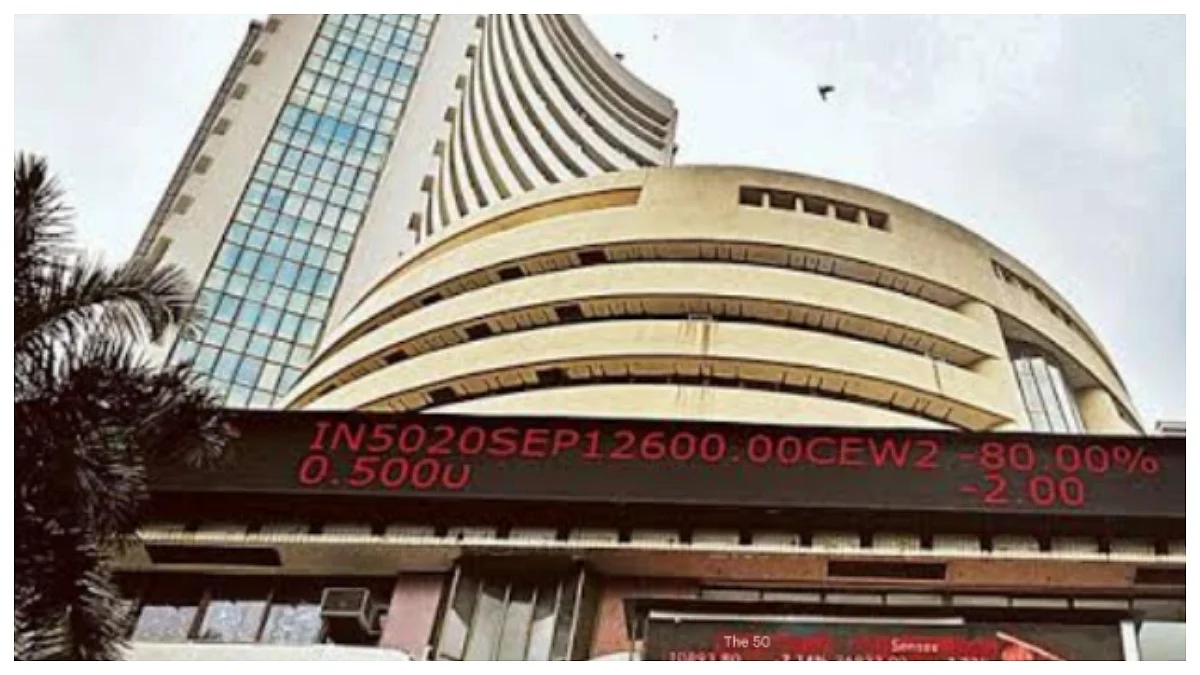Fuel-powered vehicles have ruled the road for decades all across the world. However, with consumers becoming conscious of the damage inflicted on the environment, which adversely affects our health, they are continuously looking for climate-friendly transportation solutions. Thus, the demand for EVs has become stronger than ever.
The increase in fuel prices, combined with the government's current incentives and schemes for EV owners, is driving rapid growth in the Indian EV market as it has the potential to become the mobility of the future while aiming for a decarbonized society. Hence, like most other countries, India is betting big on electric vehicles. India's EV market is predicted to grow at a CAGR of 90 percent^ and touch $150 billion by 2030.
Since the pandemic, India's commercial two-wheeler business has seen a rise, with more delivery service providers and players entering the market. Indeed, the rising two-wheeler industry has piqued the interest of several EV players. Apart from that, sales of E-2Ws are increasing due to decreased operating costs, making them a better option than ICE (Internal Combustion Engine) automobiles. Furthermore, battery swapping opens new avenues in the Indian market for E-2Ws.
According to the consultancy McKinsey, the Indian E-2Ws market would hit 4.5 million-5 million by 2025, accounting for 25 percent-30 percent of the total market and nine million by 2030.
Despite the government's efforts to electrify the country's most distant places, certain localities are still grid dark. The battery swapping stations would make E-mobility solutions more accessible to people in these locations and is a viable option for a sustainable future.
The plug-in chargers for Electric Vehicles (EVs) are slow and can charge a single vehicle at a time. Battery swapping, on the other hand, is quick and convenient, comparable to refuelling at a petrol pump. The battery swapping facility allows customers to save time. They wouldn't have to charge their batteries for long periods of time and instead could swap their depleted batteries for new ones at the nearest battery charging station.
Moreover, most urban residents lack enough home parking facilities and rely on nearby parking lots with no charging stations. Similarly, residents of multi-storey buildings must park their automobiles in basement regions that lack charging stations. Battery swapping will address the problem of setting up charging stations and reduce the range anxiety of the EV owners.
Apart from that, it's worth noting that batteries account for around 40 percent of the cost of an EV. Battery swapping stations can assist OEMs in lowering costs for both consumers and themselves in the long run.
The increased availability of EV charging infrastructure is crucial for increasing EV adoption. A robust and well-developed EV charging infrastructure eases the charge anxiety of users and increases off-take. Understanding this, to bolster the EV ecosystem in India, Finance Minister Nirmala Sitharaman announced in her Budget 2022 speech that a battery swapping policy would be implemented soon.
The policy would give a tremendous boost to the EV industry by expanding charging infrastructure and promoting EV use in public transportation. It will encourage automakers who have been reticent to use the battery swapping system to increase EV adoption. EV owners see battery swapping technology as a handy way to refuel their vehicles, reducing range anxiety. The technology will enable the owner to disconnect the car's battery and charge it from a distance. This action will open up a slew of opportunities for businesses to enter the EV battery industry, increasing the country's EV and energy industries' development and growth. It will also help the growth of battery or energy as a service and improve EV ecosystem efficiency.
Conclusion
The core of electric mobility is charging infrastructure, yet it is also one of India's most major perceived barriers to EV adoption. As per a Grant Thronton report, India will require 4 lakh charging^^^ stations to accommodate the demand that the 20 lakh EVs on the roads will generate by 2026. Thus, a battery swapping method can provide real solutions to enhance the adoption of E-2Ws in the country if implemented with the necessary foresight and proper stakeholder participation. This climate-friendly mobility solution can reduce carbon emissions and improve health while supporting India's transformation into greener and cleaner cities.
(Siddharth Agrawal is Director, Godawari e-Mobility Pvt Ltd.)


